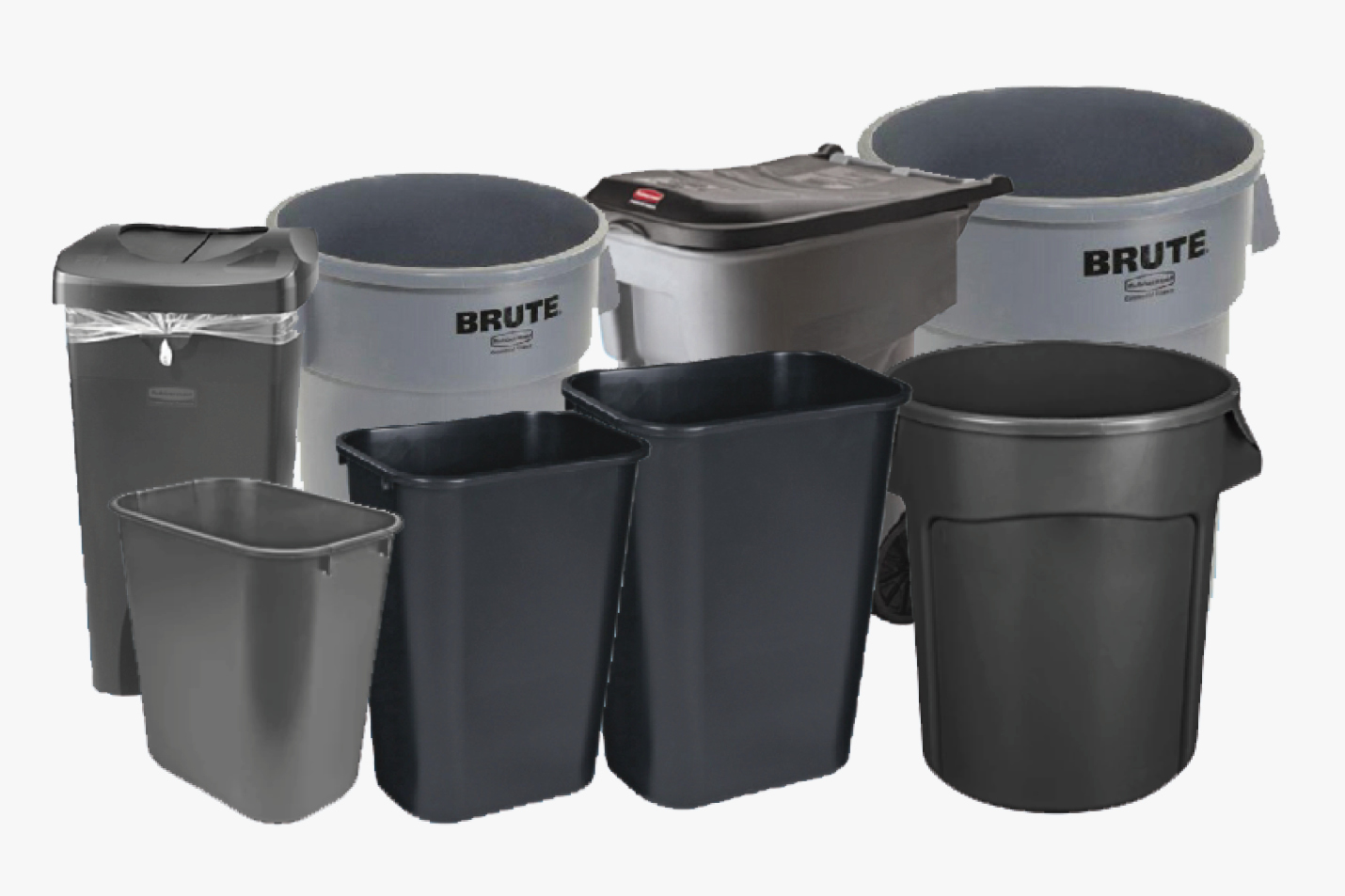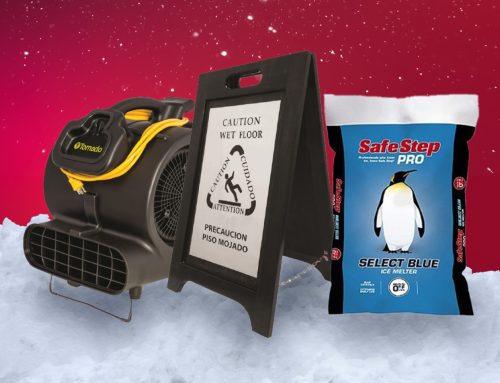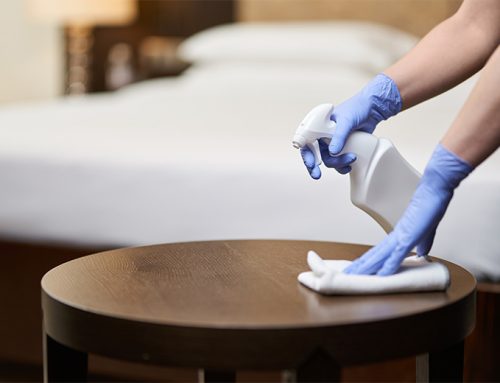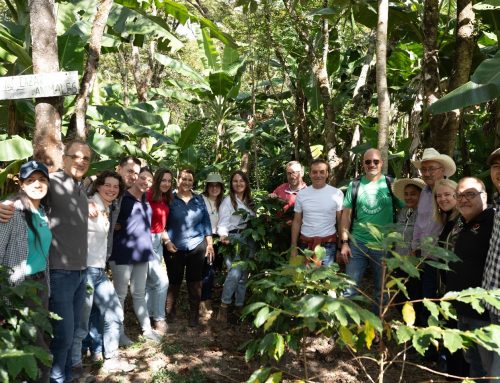Finding the right trash can liner can often feel more complicated than it should be. With so many receptacle shapes, sizes, and materials, it’s easy to end up with a bag that doesn’t fit properly or isn’t strong enough for the job. The result? Extra mess, wasted time, and frustration for your staff. At Guest Supply, we understand these challenges and, through our partnership with Heritage Bag Company, we provide a full range of high-quality liners designed to meet every waste management need across your property.
Choosing the Right Size

The first step in selecting the right liner is ensuring the correct size. A liner that’s too small won’t cover the container, while one that’s too large may slip, bunch, or waste material. Matching the gallon capacity of the receptacle to the liner is key to a secure fit. Guest Supply offers liners in sizes ranging from 4–7 gallons for office bins to 46–60 gallons for large commercial containers.
When measuring for fit, length should cover the height of the can with extra material to tie or fold over the rim. Width should be based on the receptacle’s opening—measuring across the diameter for round cans or across the opening for square and rectangular containers.
Understanding Density

Density does not equal thickness. Each type of liner is designed for a specific use. High-density liners are typically thinner and lighter, making them cost-effective and resistant to odors and moisture. These bags work best in office or foodservice areas where waste is lighter, such as paper or food scraps.
Low-density liners thicker and more puncture-resistant, making them ideal for heavy or sharp waste like glass, metal, or construction debris. For properties needing a balance of durability and flexibility, linear low-density liners provide an excellent solution, especially when handling items with sharp edges such as broken glass.
Measuring Thickness: Mil vs. Micron

Liner thickness is measured differently depending on the type of bag. Low-density liners are measured in mils, an imperial unit equal to one-thousandth of an inch. A higher mil number indicates a thicker bag. High-density liners, by contrast, are measured in microns, a metric unit equal to one-millionth of a meter. The higher the micron count, the thicker the bag.
By understanding whether your liner uses mil or micron, you can select a bag that delivers the right level of durability for your environment.
Matching Liners to Property Needs
The final step is aligning liners to the specific demands of your operation. Smaller liners, such as 4–7 gallon bags, are ideal for guest rooms and office spaces. Mid-sized liners in the 20–30 gallon range are well-suited for foodservice and back-of-house operations. Larger liners, including 45–60 gallon options, are best for high-volume environments like kitchens, warehouses, and commercial containers.
At Guest Supply, we make it simple to select the right trash can liner for every application. With a wide range of sizes, densities, and constructions, paired with our decades of hospitality expertise, you can count on us to provide the right solution for your property. Our partnership with Heritage Bag Company ensures every product we offer meets the highest standards of quality and performance. Explore our full selection of can liners and discover how the right fit can make all the difference.





